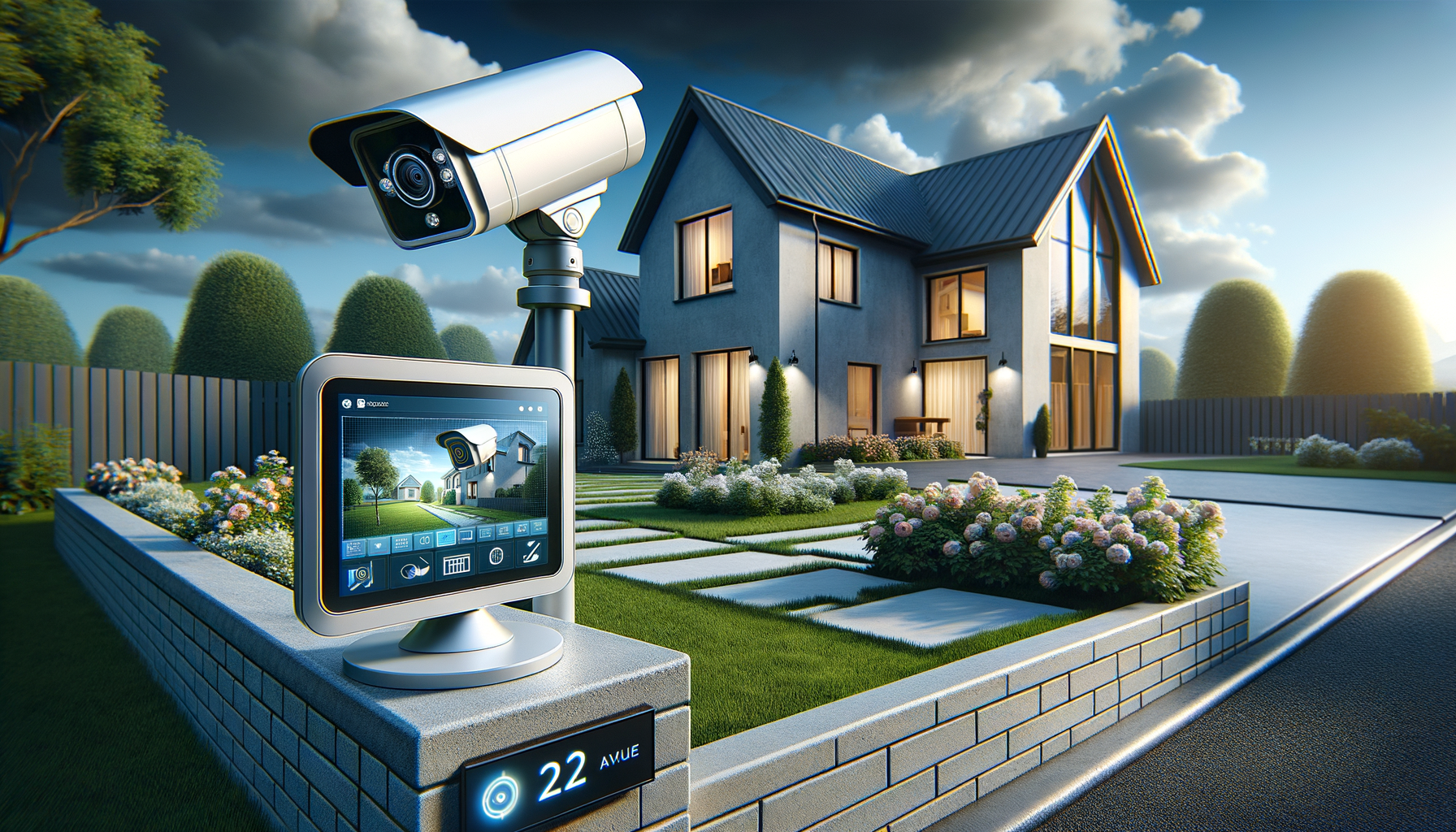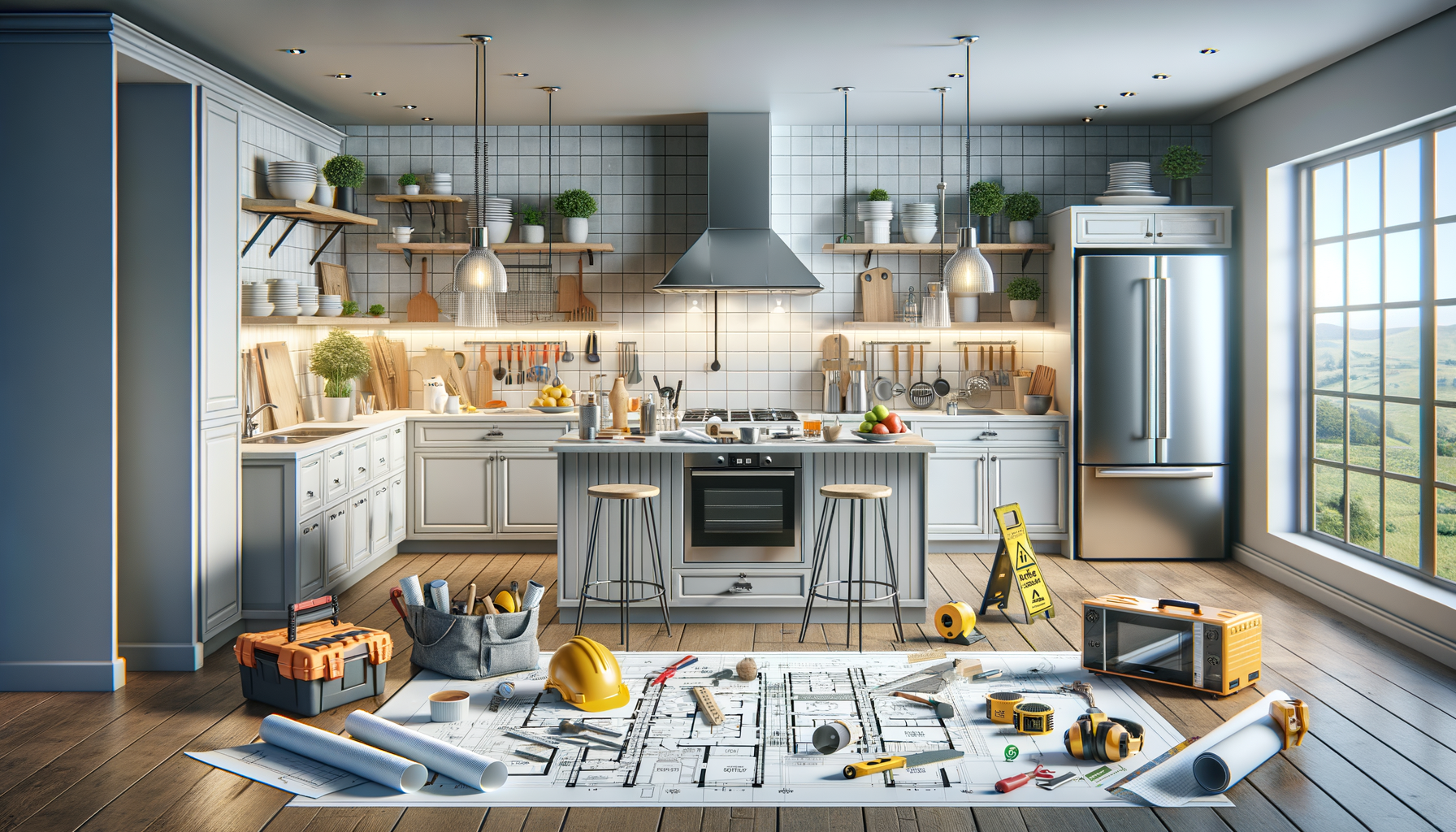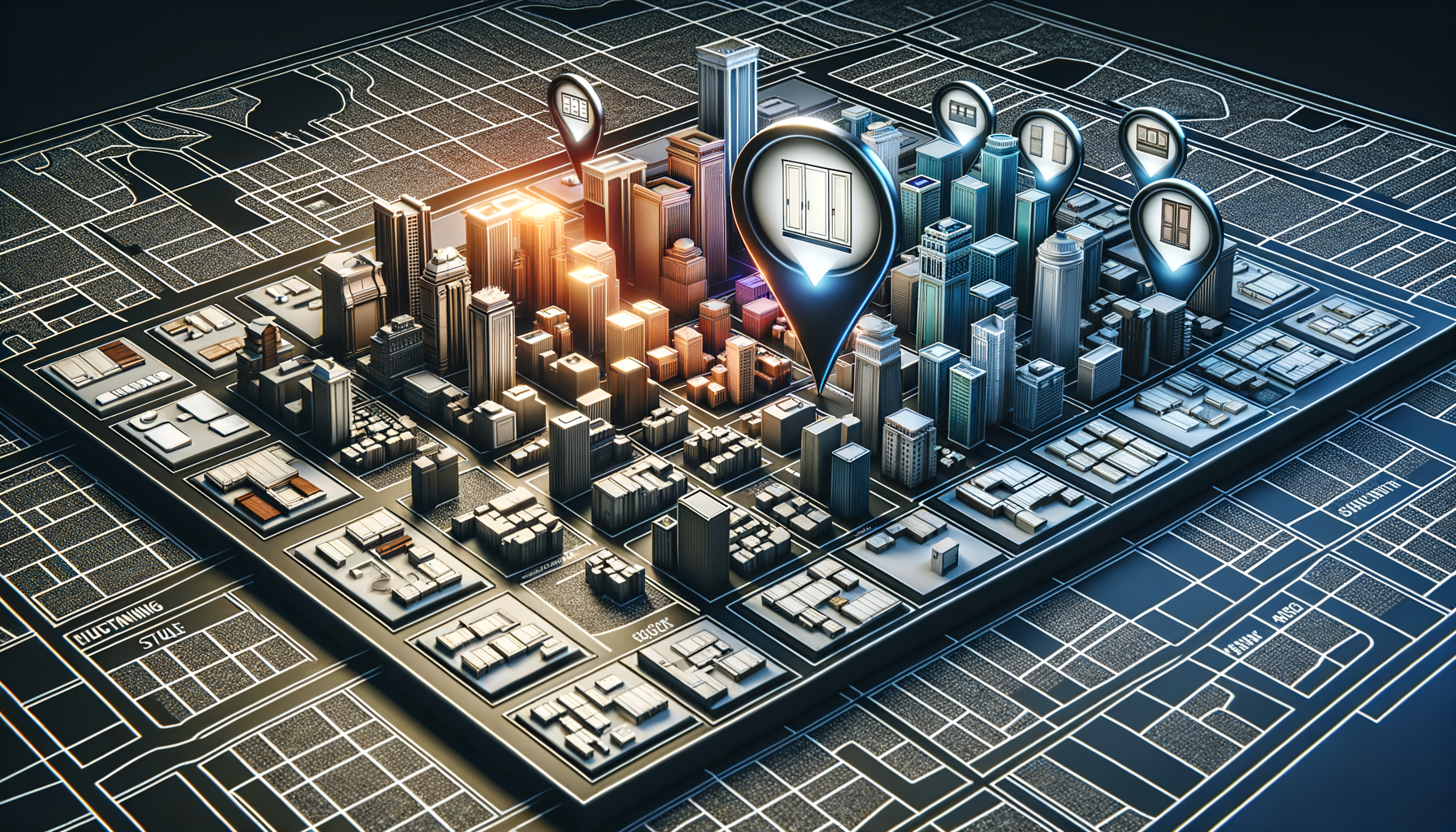Introduction to Home Security Cameras
In today’s world, ensuring the safety of one’s home has become a top priority for many homeowners. A significant tool in achieving this peace of mind is the home security camera. These devices serve as vigilant sentinels, constantly monitoring the premises and providing valuable insights into activities around the property. By understanding the role and benefits of security cameras, homeowners can make informed decisions about incorporating them into their security strategies.
Home security cameras are designed to capture and record video footage of specific areas around your home. These cameras can be strategically placed to cover entry points, driveways, backyards, and other vulnerable areas. The footage they capture can be stored locally on a DVR or uploaded to the cloud for easy access and review. The presence of security cameras not only deters potential intruders but also provides evidence in the unfortunate event of a break-in.
With advancements in technology, modern security cameras offer features such as motion detection, night vision, and even two-way audio communication. This allows homeowners to not only see but also interact with visitors or potential intruders remotely. These features make security cameras a valuable addition to any home security system, enhancing both safety and convenience.
How to View a Security Camera From Anywhere
One of the most appealing features of modern security cameras is the ability to view live footage from anywhere in the world. This remote viewing capability is facilitated by internet connectivity, allowing homeowners to keep an eye on their property even when they are miles away. To achieve this, security cameras are often connected to a home network, enabling them to transmit video feeds over the internet.
To access your security camera remotely, you typically need to install a dedicated app provided by the camera manufacturer on your smartphone or computer. This app acts as a portal, allowing you to log in and view live or recorded footage. Some systems also offer web-based access, where you can log into a secure website to view your cameras. It’s essential to ensure that your home network is secure, as unauthorized access to your cameras can compromise your privacy.
For those concerned about data usage, many security camera systems offer options to adjust the quality of the video feed. This can help manage data consumption, especially when viewing footage over mobile networks. By understanding how to effectively use remote viewing capabilities, homeowners can maintain a vigilant watch over their property, no matter where they are.
What to Know Before Installing a Security Camera at Home
Before installing security cameras at home, there are several important considerations to keep in mind. First and foremost, it’s crucial to determine the specific areas you want to monitor. This will help you decide on the number and type of cameras needed for comprehensive coverage. Consider factors such as lighting conditions, potential obstructions, and the distance from the camera to the area being monitored.
Another critical aspect is the choice between wired and wireless cameras. Wired cameras typically offer more reliable connections and higher video quality, but they can be challenging to install due to the need for running cables. Wireless cameras, on the other hand, are easier to install and offer more flexibility in terms of placement, but they may be susceptible to interference and require regular battery changes.
Privacy concerns are also an important consideration. Ensure that your cameras are positioned in a way that respects the privacy of neighbors and does not infringe on public spaces. Additionally, familiarize yourself with local laws and regulations regarding surveillance to avoid any legal issues. By carefully planning and considering these factors, homeowners can set up a security camera system that enhances their property’s safety and security.
Enhancing Security with Additional Features
While basic security cameras provide essential surveillance capabilities, many homeowners opt for additional features to enhance their security systems. One popular feature is motion detection, which triggers alerts or recordings when movement is detected in a specified area. This can help conserve storage space and ensure that you are notified of any unusual activity.
Night vision is another valuable feature, allowing cameras to capture clear footage even in low-light conditions. This is particularly useful for monitoring outdoor areas and ensuring security around the clock. Some cameras also offer two-way audio, enabling homeowners to communicate with visitors or intruders through the camera’s built-in speaker and microphone.
For those seeking advanced security solutions, integration with smart home systems can provide additional benefits. By connecting security cameras to a smart home hub, homeowners can automate actions such as turning on lights or locking doors in response to camera alerts. These features not only enhance security but also add convenience and peace of mind.
Summary and Final Thoughts
In conclusion, home security cameras are a vital component of modern security systems, offering a range of features that enhance the safety and convenience of homeowners. By understanding how these cameras work, how to access them remotely, and what factors to consider before installation, homeowners can make informed decisions that best suit their needs.
Whether you’re looking to deter potential intruders, monitor your property while away, or integrate your cameras with other smart home devices, security cameras provide a versatile and effective solution. As technology continues to advance, these devices will likely become even more integral to home security strategies, offering new ways to protect and monitor your property.




Leave a Reply